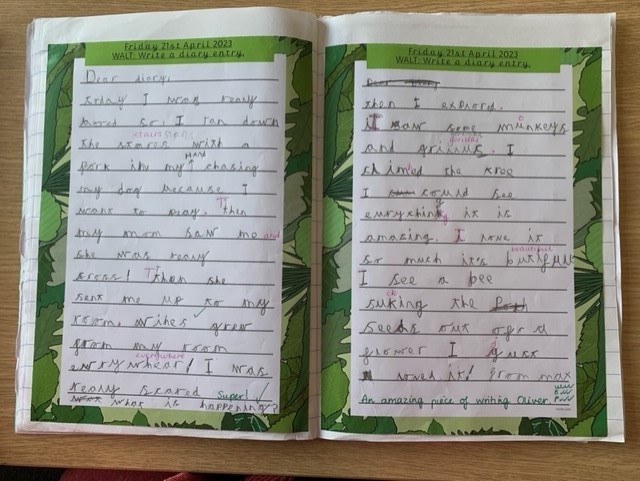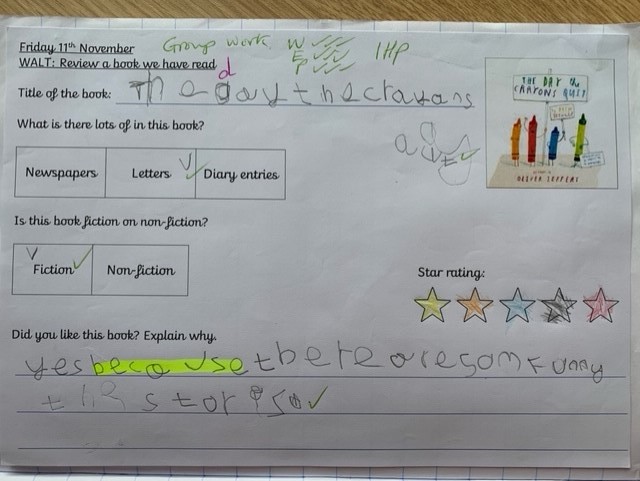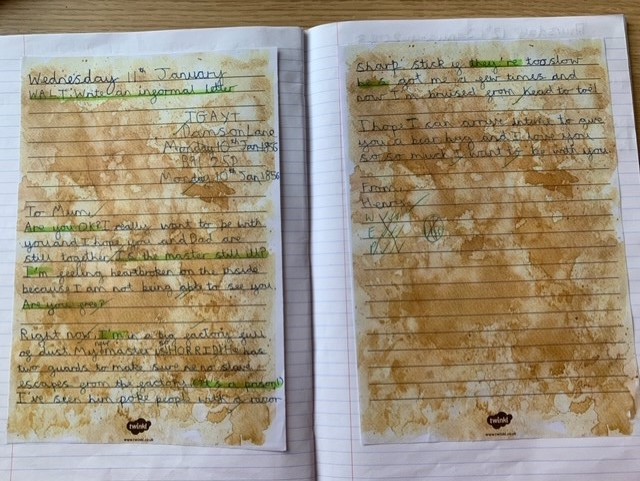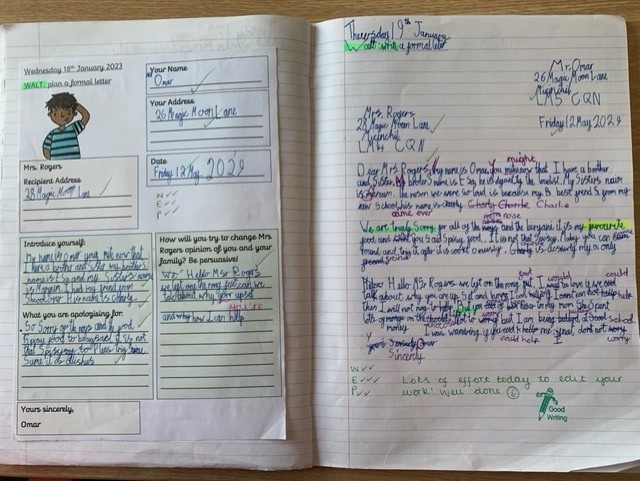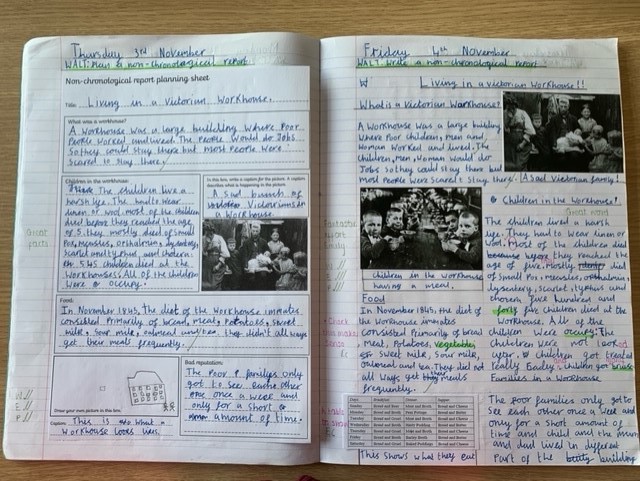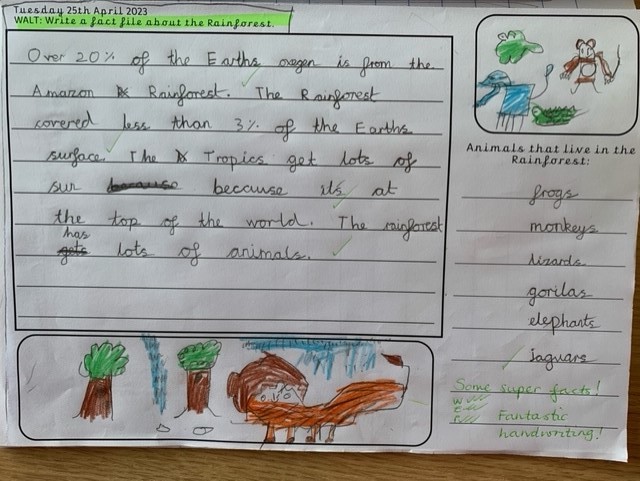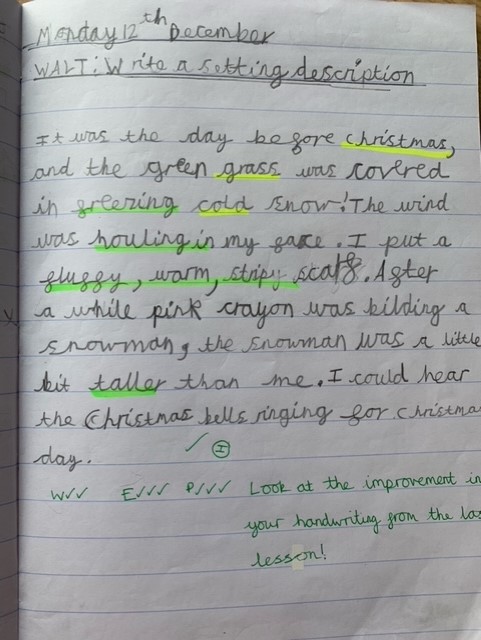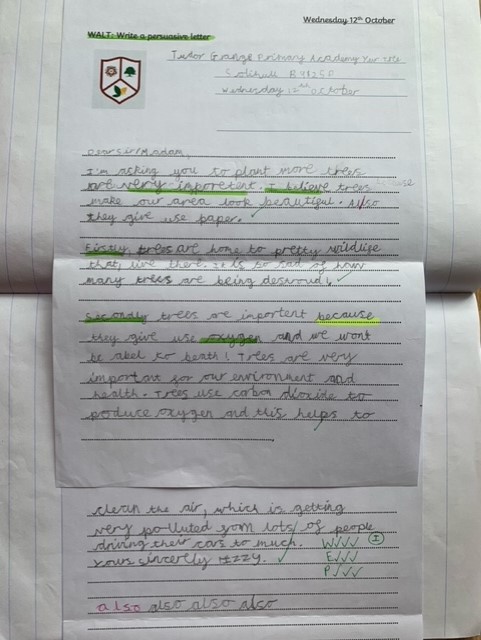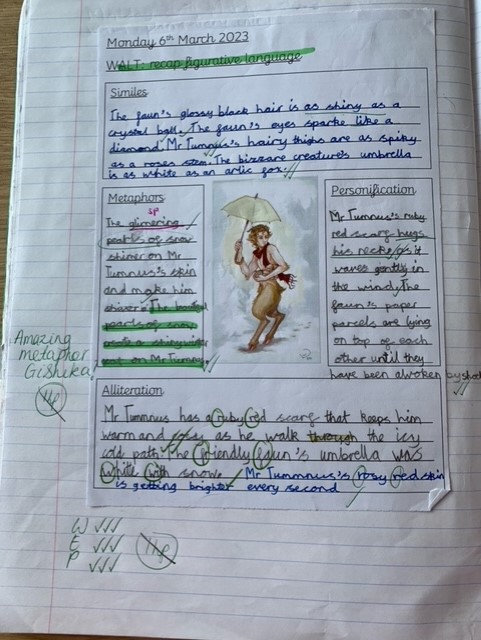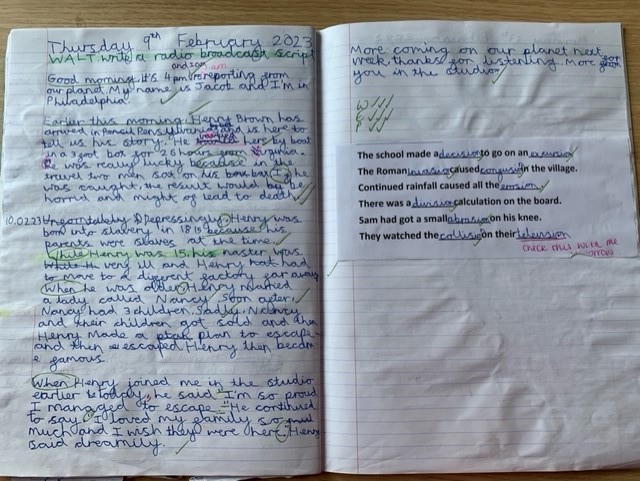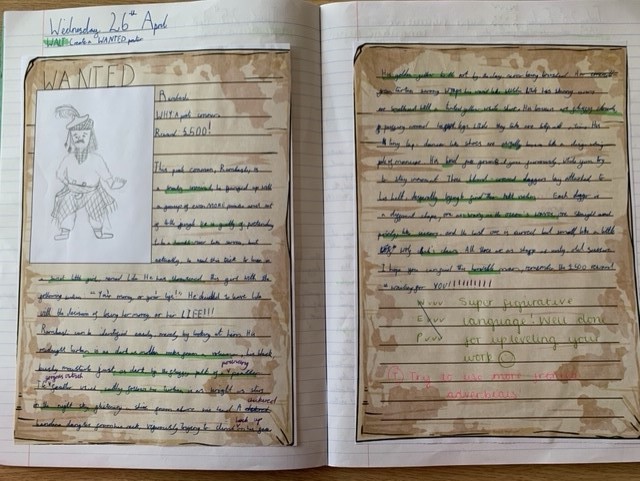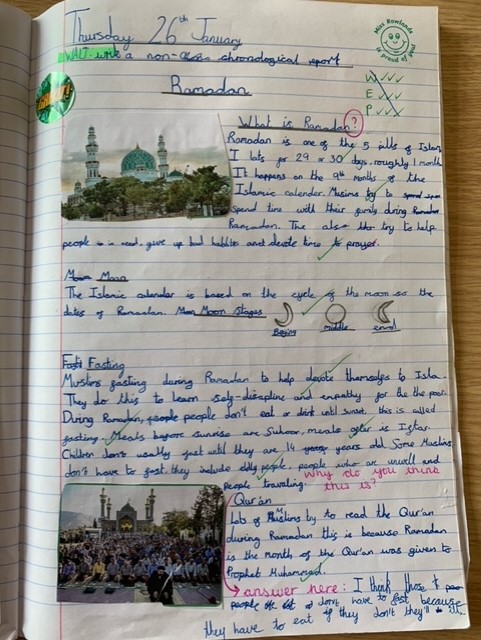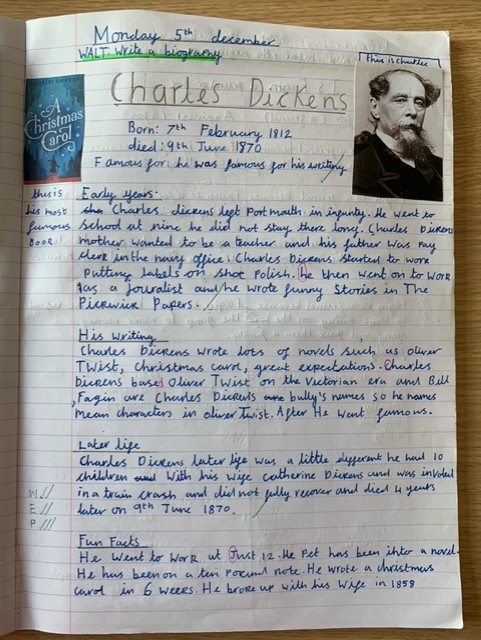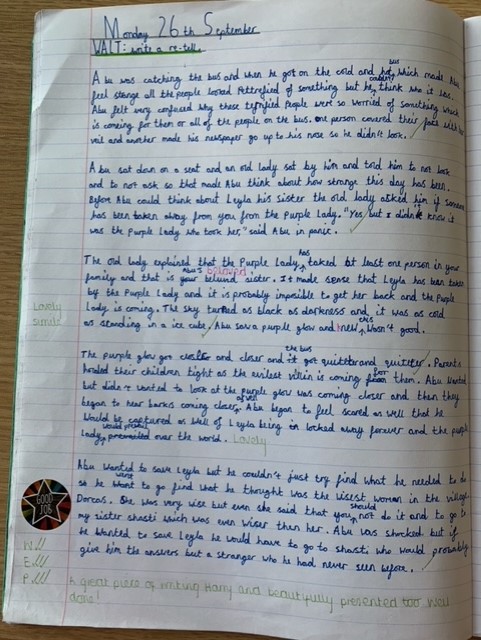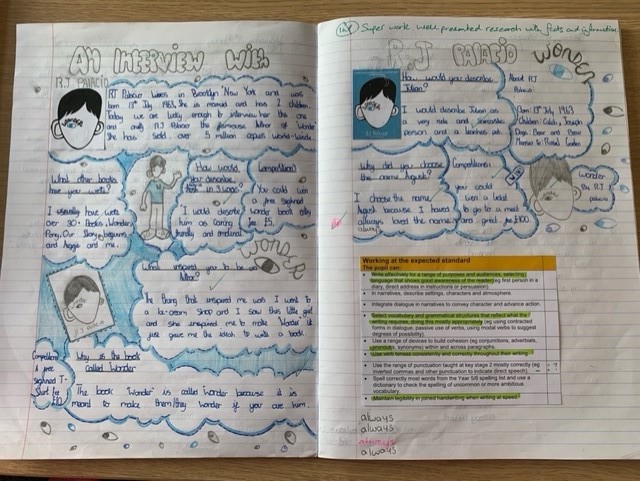English
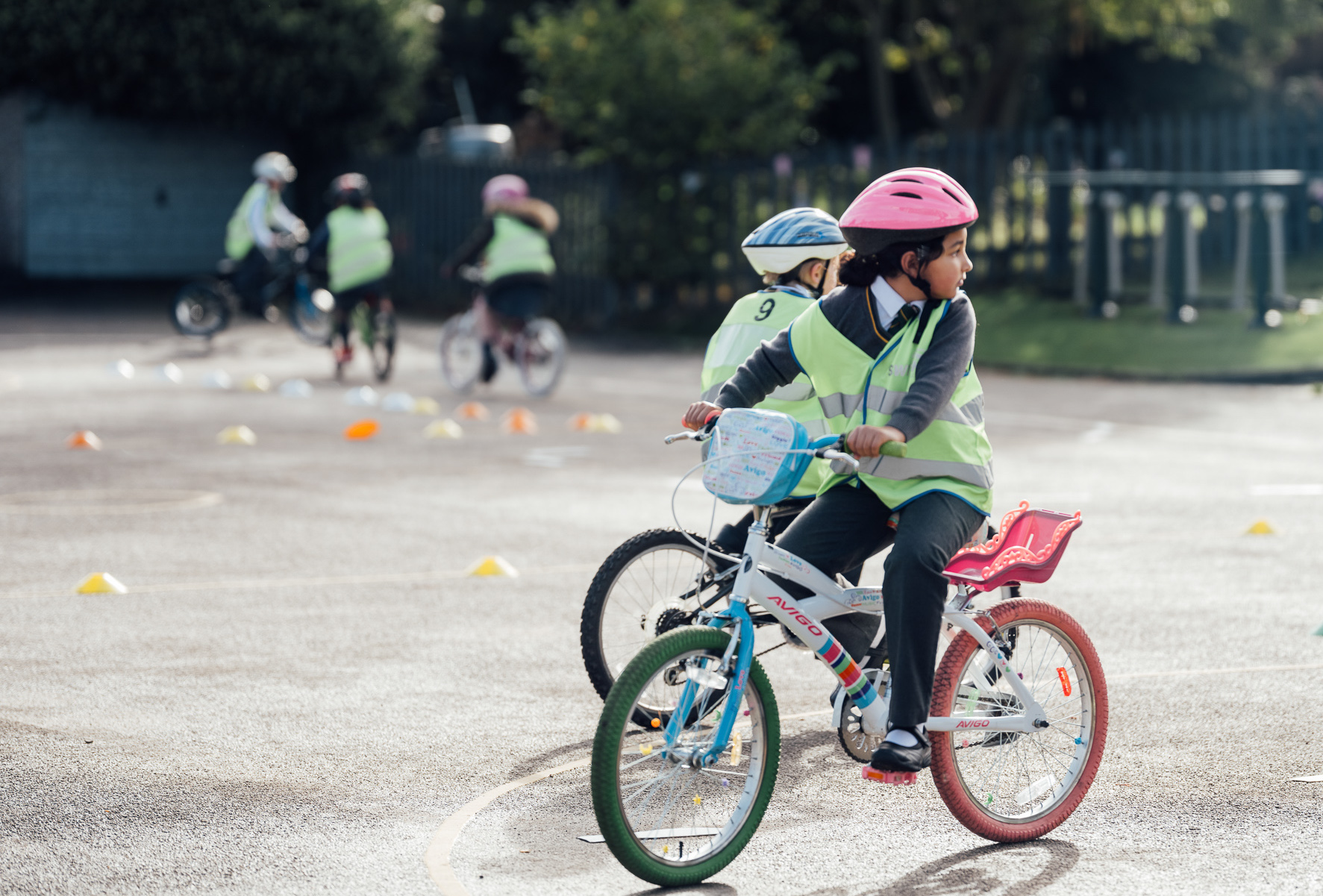

Phonics and Reading
At TGPAYT, we believe that all our children can become fluent readers and writers. This is why we teach early reading through Little Wandle Letters and Sounds Revised, which is a systematic and synthetic phonics programme.
Phonics teaching begins in the Early Years following the Little Wandle Letters and Sounds Revised progression, which ensures children build on their growing knowledge of the alphabetic code, mastering phonics to read and spell as they move through school. Once children get to Reception, they bring home books that match their phonics learning and understanding.
Support for parents can be found here: Little Wandle Letters and Sounds- For Parents
Daily phonics sessions follow the Revisit and Review, Teach and Practise and Practise and Apply format across each phase. Reading practice sessions take place three times a week develop children’s decoding, prosody and comprehension skills.
Reading is taught through whole class, group and individual reading sessions. All children are given opportunities to visit the school library, use their class libraries and are read to daily using REAL (Relate Empathise And Listen) reading sessions. We strive to encourage lifelong reading for pleasure from our children and believe that this gives them the best life opportunities. Language and text comprehension skills are strengthened through our use of high-quality texts and questioning.
Every classroom has a dedicated reading area, hosting a range of fiction and non-fiction texts for children to enjoy. These support and encourage children to choose a range of books and authors, develop their vocabulary, widen their knowledge of the world and develop their own opinions and preferences about books. Throughout their reading journey, children have a rich diet of reading experiences. Each year group has a reading ‘spine’ that they are encouraged to read. These would make great presents if a birthday is coming up!
Classroom Reading Areas









Reading Spine Texts








Grammar, Punctuation, Spelling and Handwriting
Grammar and punctuation are embedded throughout our English curriculum. Once children are secure in the use of Systematic Synthetic Phonics (the link between letters (graphemes) and sounds (phonemes)), spelling is taught by learning spelling rules. Fluent, joined handwriting is given a high priority once letter formation has been taught and established using Little Wandle Letter and Sounds.
Writing
At Tudor Grange Primary Academy Yew Tree, we are passionate about ensuring every child can write, and sees themselves as a writer. We strive to ensure that high-quality education in English will teach pupils to speak and write fluently, so that they can communicate their ideas and emotions to others, and through their reading and listening, others can communicate with them. Our aim is to promote high standards of language and literacy by equipping pupils with a strong command of the spoken and written word. We want every child to acquire a wide vocabulary, an understanding of grammar, and knowledge of linguistic conventions for reading, writing, and spoken language, in a creative, diverse, and purposeful way. We want all pupils to be able to write clearly, accurately, and coherently, adapting their language and style in and for a range of contexts, purposes, and audiences. We support students to progressively improve their transcription and composition skills, and from this to plan, revise, and evaluate their writing.
To enable our children to write effectively, and with clarity, we teach writing using “The Write Stuff,” by Jane Considine. We understand that this is a schema, and not a scheme: an effective way to make the complex cognitive load required to write well simple, sticky, and explicit. This approach is being implemented from Reception to Year 6 from September 2023, to allow children to build the substantive and disciplinary knowledge required over time to write effective sentences, with the grammar and vocabulary required explicitly modelled, to lead to confident independent writing. Over time, children will write a broad range of fiction and non-fiction texts, from a variety of themes and inspirations.

The Write Stuff’ brings clarity to the mechanics of teaching writing. It is introduced through the ‘Writing Rainbow’, using three zones of writing. These three essential components consist of: the FANTASTICs (ideas); the GRAMMARISTICs (tools); the BOOMTASTICs (techniques).
The ‘Writing Rainbow’, symbols are used to support children with their writing journey and to ensure that all children can use them in context as they move through school.
In addition to the ‘Writing Rainbow’, ‘Writing Laundry’ is a tool used to support children with editing their writing. The idea behind the laundry is that children have a ‘pupil friendly’ visual reminder of the key components for building a sentence. The ‘Vocabulary Laundry’ lists the words that pupils must spell accurately. The ‘Punctuation Laundry’ outlines the progression of marks that pupils need to acquire. The ‘Sentence Laundry’ the sentence constructions that pupils need to craft to guarantee they have a wealth of different structures to apply in their writing.









Our English curriculum ensures that children will enjoy reading and become equipped for the next journey of their education. Children of all abilities will access and enjoy English lessons. Children will acquire a wide vocabulary and have a strong command of the written word. Children will make good progress, because gaps in learning have been identified and filled. Children will have good role-modelling of oracy and fluency from their teacher, supporting their own development of these skills.
